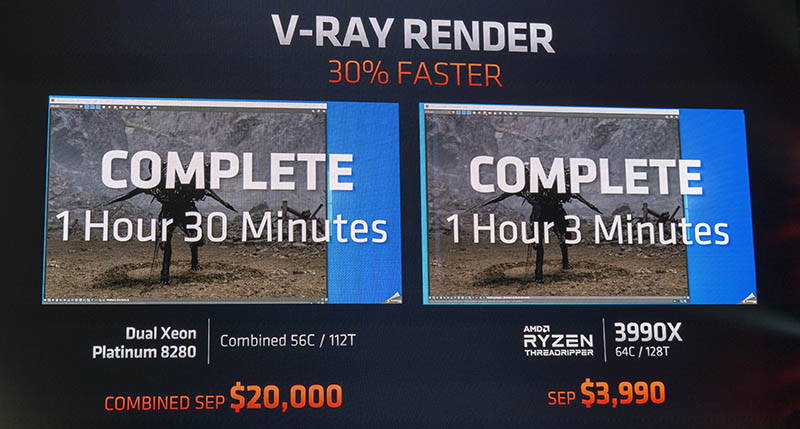


Mellanox Technologies MT27710 Family įlatcar Container Linux Stable, v2079 and v2247 The server configuration details can be found on Intel’s XEON 5120 x2, w/ 28 cores/52 threads (w/ 3.2 GHz TURBO).AMD’s EPYC 7401P, w/ 24 cores/48 threads (w/ 2.8 GHz TURBO).Ampere Computing’s eMAG CPU, 32 cores (w/ 3.3 GHz TURBO).We selected similar Ampere, AMD, and Intel servers as offered by Packet. Execute the above benchmark suite on a representative set of servers for selected CPU types, and deliver a comprehensive comparison which also discusses cost of operation.Identify a set of system-level tests that provide a thorough understanding of a system’s performance, provide build automation and cloud-native packaging for different CPU architectures.
#Intel vs amd server download#
#Intel vs amd server free#
It should be noted that Kinvolk has ongoing cooperation with both Ampere Computing and Packet, and used all infrastructure used in our benchmarking free of charge. The tools we created are more general though – these benchmarks can easily be run on any Kubernetes cluster even adding support for new architectures (MIPS, POWER, IA64, etc.) should be straightforward. We then looked at one implementation in particular – the Ampere eMAG bare-metal servers offered by the Packet IaaS provider – to better understand how this platform compares to more traditional x86 architecture offerings powered by Intel and AMD CPUs. We assembled a set of system-level benchmark tests and added automation to execute those benchmarks aimed at gaining insight into the performance of fundamental platform features and functions. Cloud infrastructure based on the Arm CPU architecture, often seen as exotic only a decade ago, has become more and more generally available in recent years.Īs Arm server/instances offerings are becoming more and more ubiquitous in the public cloud, we at Kinvolk were keen to understand the drawbacks and benefits of those offerings for cloud-native applications. In the x86/圆4 realm, CPU architecture is not a huge issue right now for most situations where you're running a database.The Arm CPU architecture has a rich history – starting with home computers in the 1980s (as Acorn RISC Machines), then establishing itself in the 1990s as the dominant architecture for embedded devices, a role that continues today and into the foreseeable future thanks to smartphones. On a real server, you should be more worried about how good the disk controller is, what the expansion options are there, and relative $/core.
#Intel vs amd server driver#
AMD is tight enough that in the context of a database application that it shouldn't be a major driver in your purchasing decision process. But Intel has enough of anĪdvantage on actual CPU performance and CPU caching that current designs are usually faster regardless.įor an interesting look at the low-level details here, the current mainstream parts are compared at and a similar comparisonįor the just released quad-core Opterons is at AMD's NUMA architecture does some things better, and Intel's memory access takes a second hit in designs that use FB-DIMMs. Current generation AMD and Intel processors are pretty close in performance, but guessing which will work better involves a complicated mix of both CPU and memory


 0 kommentar(er)
0 kommentar(er)
